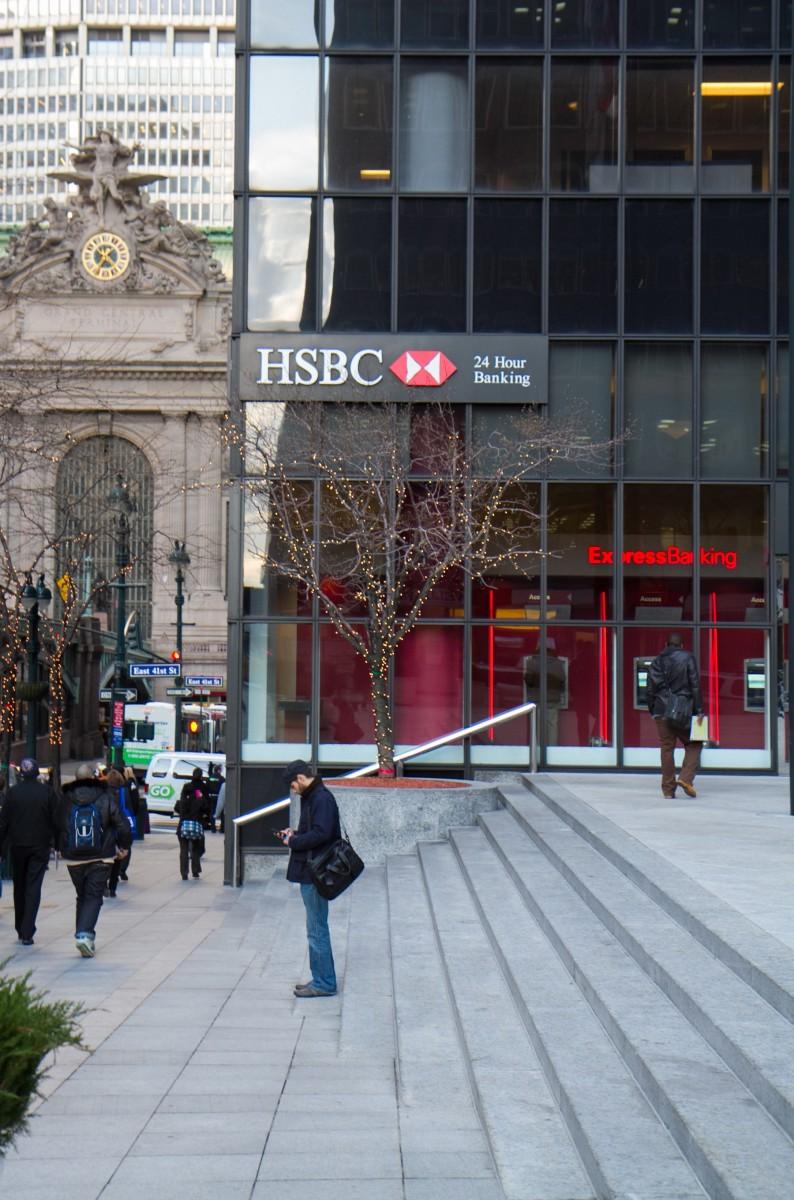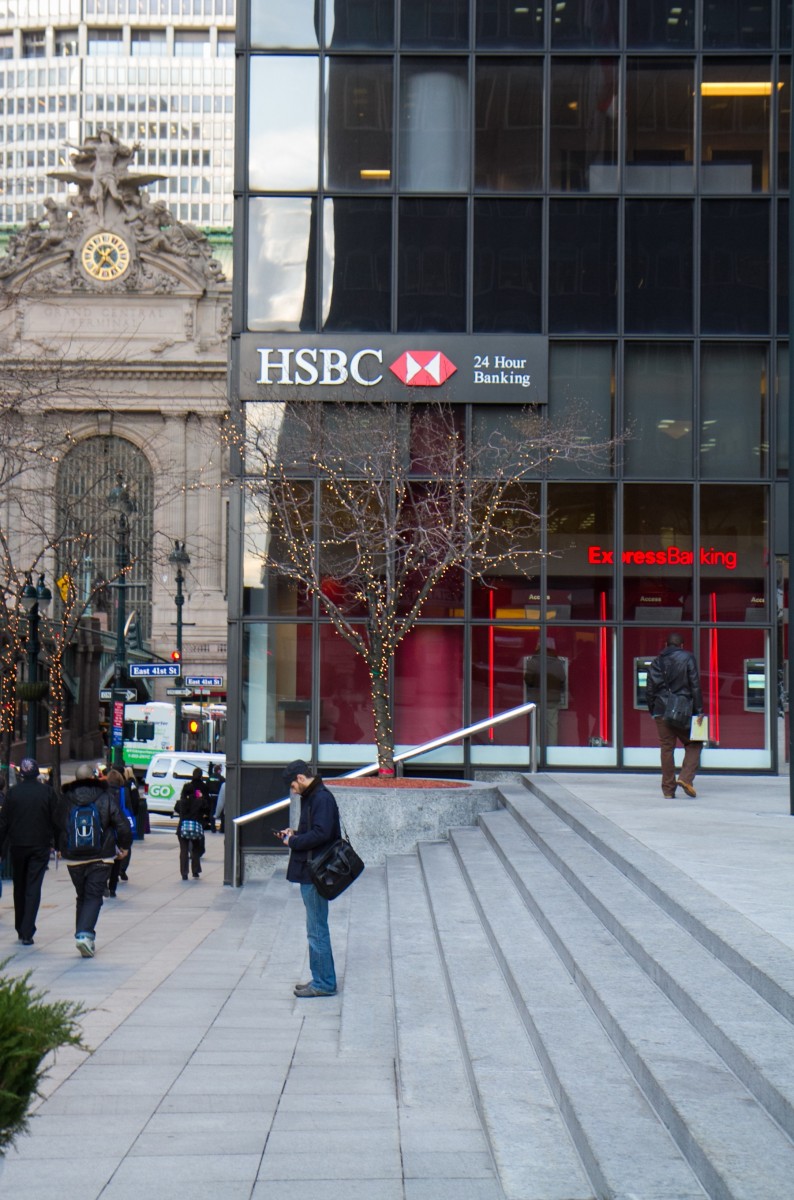NEW YORK—The Federal Reserve will release results of its latest bank stress test later this week. It is expected that most banks will show healthier balance sheets leading to profit distributions.
Last Friday’s unemployment report of 227,000 new jobs added in February was a welcome sign, and the recent economic growth in the United States may show up on the balance sheets of the nation’s biggest banks.
While the financial sector has lagged in terms of recovery relative to other industries, this week’s Fed stress test results are expected to show that banks are now healthy.
The tests attempt to simulate how the nation’s 19 biggest banks would perform in periods of market stress, such as the one experienced in late 2008 after Lehman Brothers’s collapse. For example, some of the test scenarios include a 50 percent decline of the stock market, unemployment rate of 13 percent, and an 8 percent decline in GDP.
In late 2009, similar stress tests done by the Fed showed that banks needed to raise billions of dollars in additional capital.
According to Keefe, Bruyette & Woods (KBW) analyst David Konrad, this year’s stress scenarios are expected to be “significantly more negative than the prior year’s scenarios.”
It is widely believed that banks are looking to raise dividend yields to improve shareholder returns. But a poor showing on the stress test could dampen those hopes and require additional capital raising, which would dilute shareholder value. A good showing will likely mean that more dividends would be approved.
One example is Citigroup Inc., which received a massive bailout in 2008. Citigroup is looking to raise its dividend from 1 cent per share currently.
KBW believes that four U.S. banks are targeting dividend payouts for a yield of greater than 3 percent. Those four include Fifth Third Bancorp, JPMorgan Chase & Co., Huntington Bancshares, Inc., and M&T Bank.
Bank of America Corp. and Morgan Stanley Co. are two of the bank holding companies not expected to raise dividends regardless of the outcome of the stress tests.
Moody’s Investors Service said on Monday that another assumption that could be used is a further 20 percent decline in U.S. housing prices. By its estimation, in this case, the banks with higher concentrations of residential mortgage-related assets would suffer.
Ally Financial, Regions Financial Corp., Bank of America Corp., and SunTrust Mortgage, Inc. “rank among the lowest on capital and profitability metrics,” Moody’s said in a research note. By its estimation, American Express Co., Bank of New York Mellon, and State Street Corp. display the strongest capital bases to withstand market disruption.






